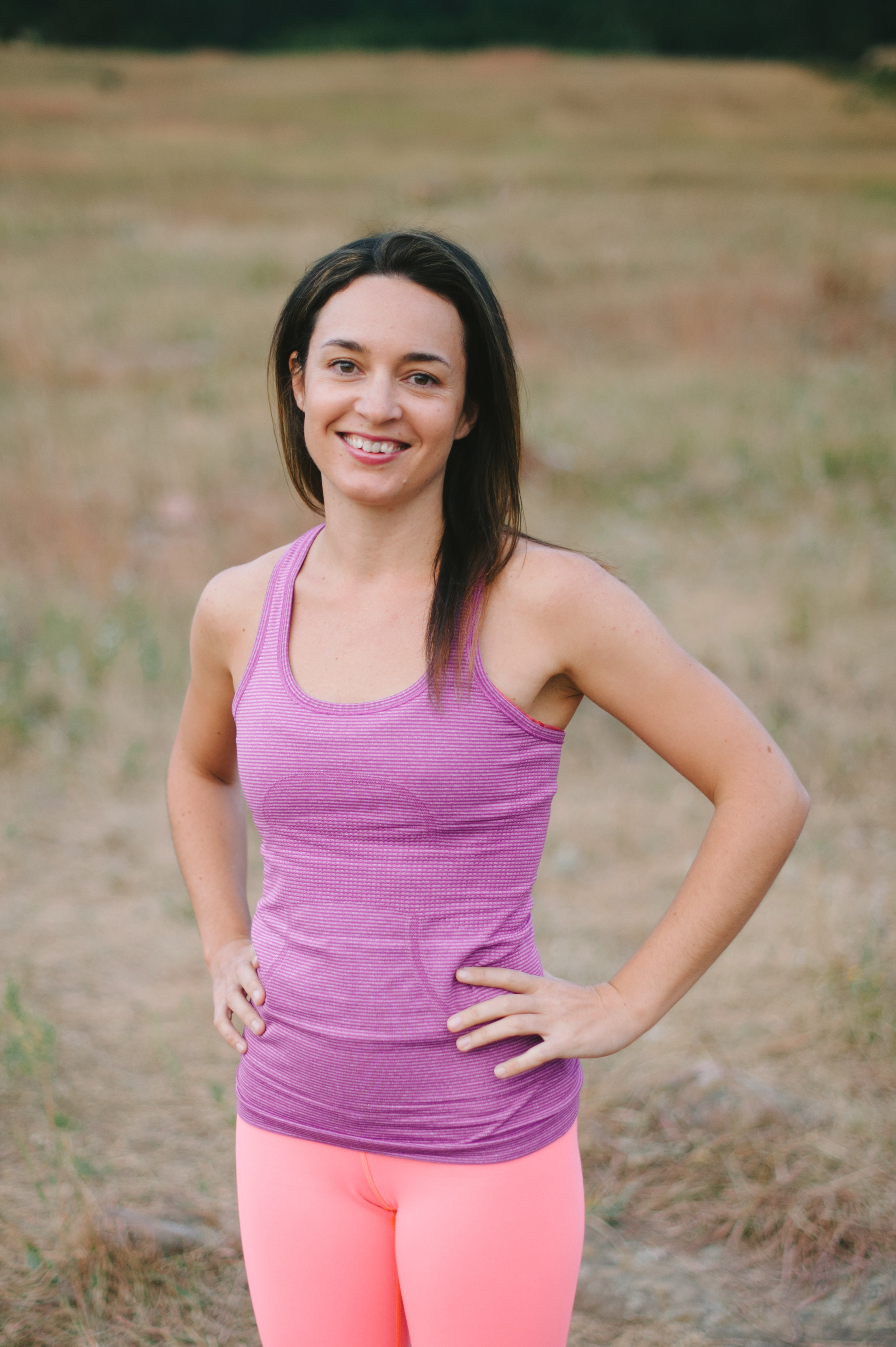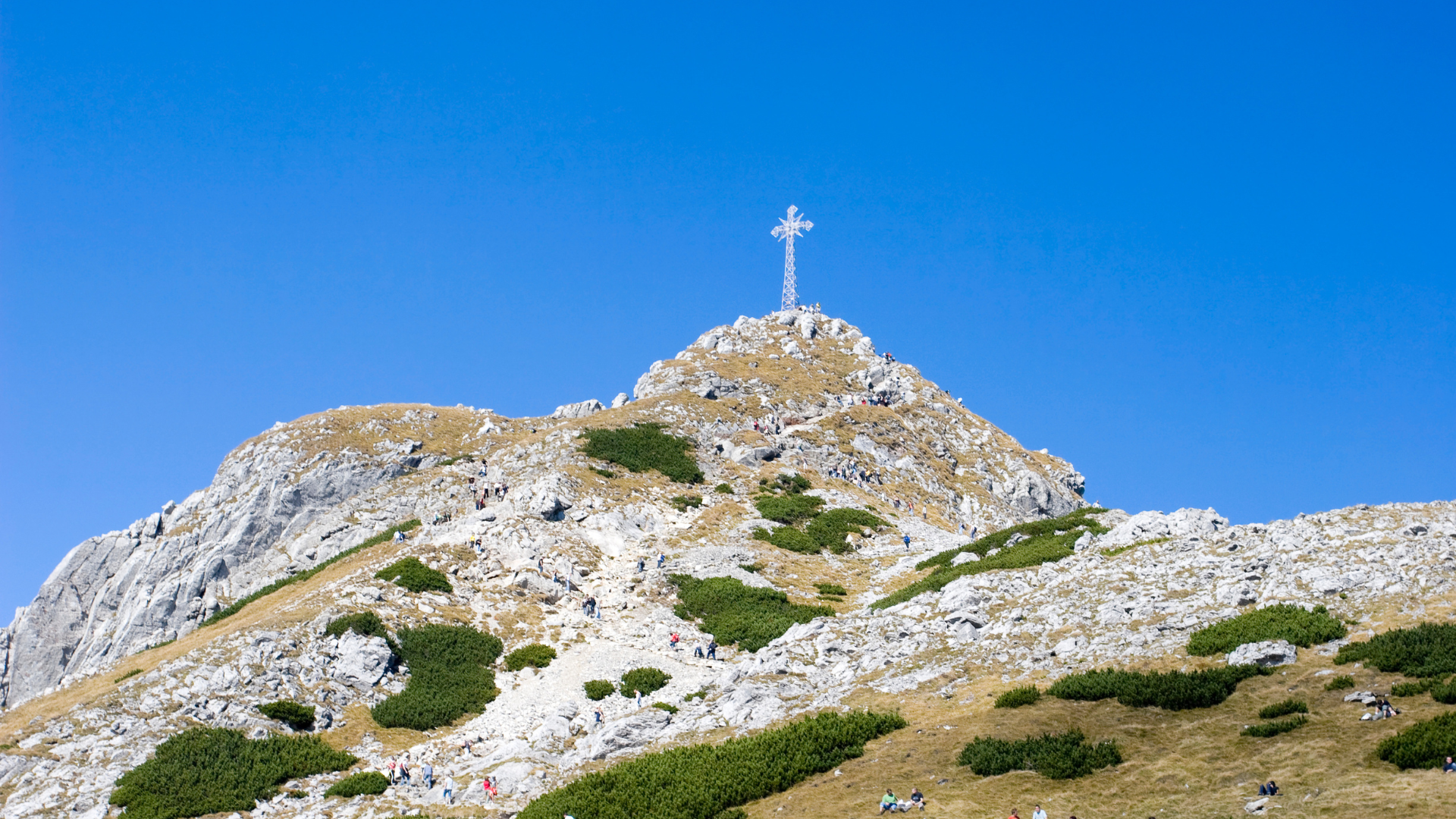How to plan a trail running adventure in 5 easy steps
Find out the 5 steps you need to take before you even take your first step on the trail
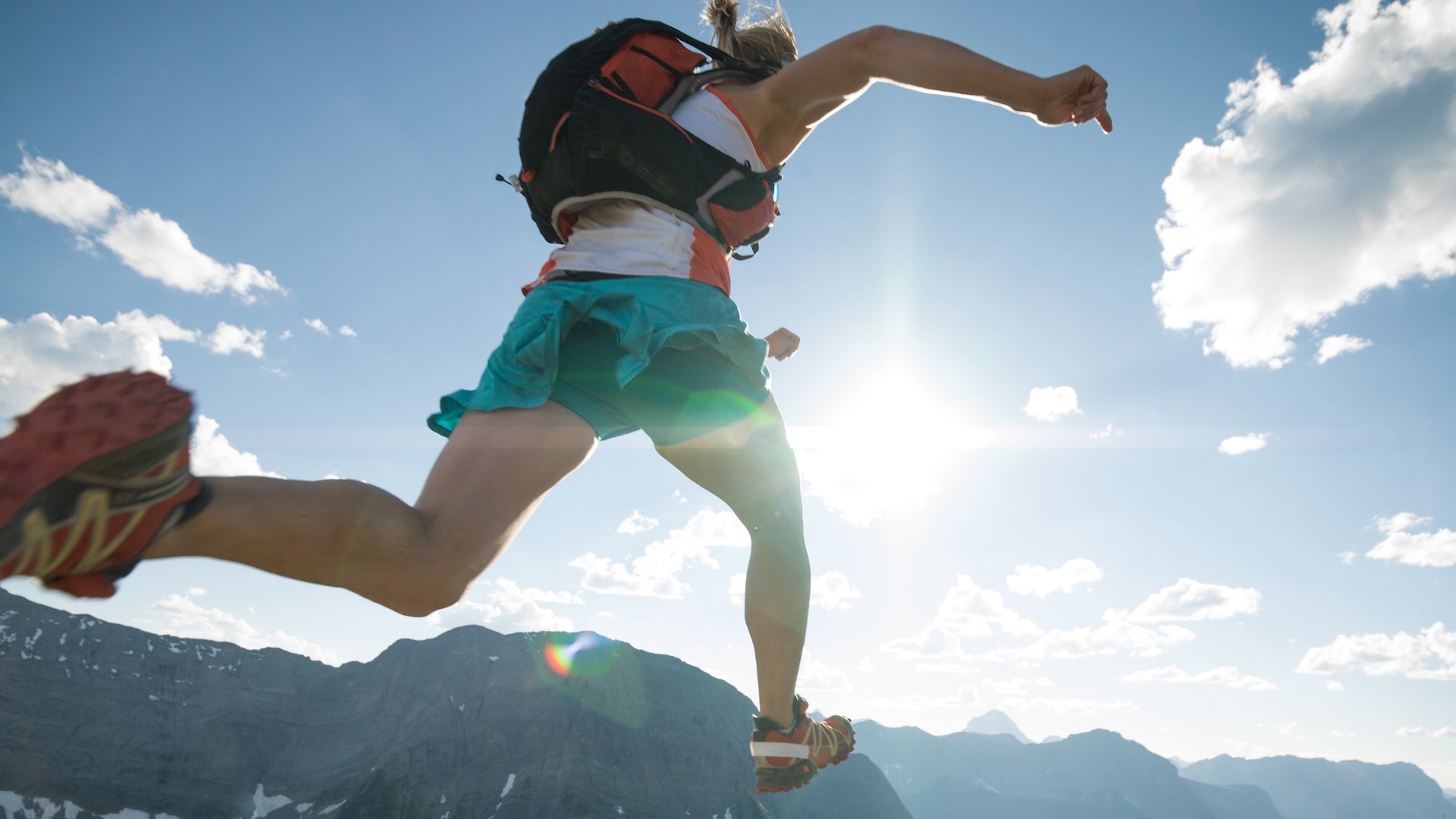
Planning a trail running adventure sounds like it should be a piece of cake. Trail running, after all, is a fast-and-light type of activity. Isn’t the whole point that you just pull on your trail running shoes and go? Well, not so fast. If you’re going running on a trail in or near a populated area, you can mostly treat it like a road run, but running in the backcountry requires a bit of extra preparation. Read on for how to plan a trail running adventure and find out the five steps you need to take before you even take your first step on the trail.
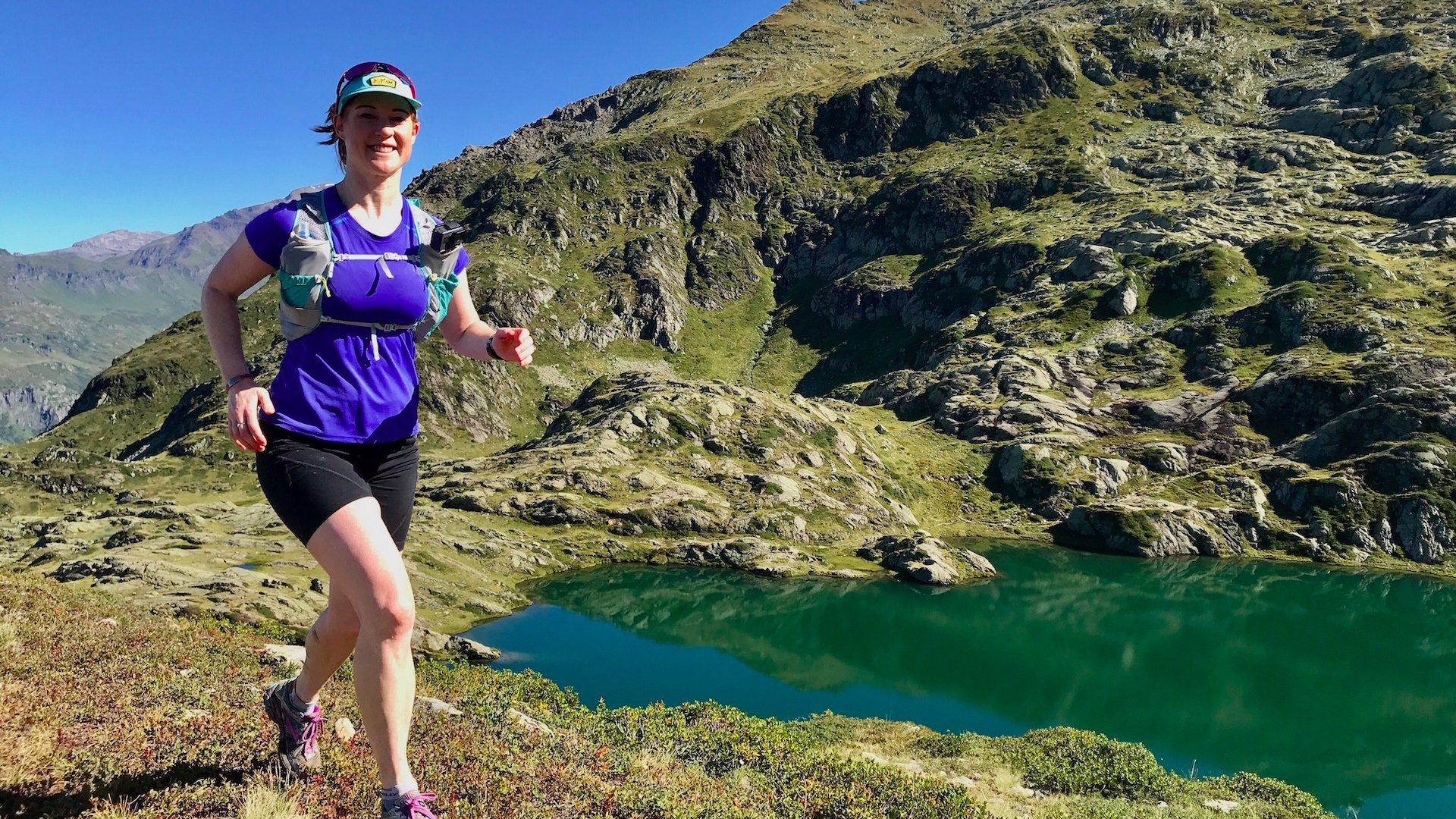
1. Research your route
The first thing you need to do when planning for a trail running adventure is to find out everything you can about your route in advance. Don’t worry, this won’t take the magic out of seeing the amazing sights along the way, we’re talking about logistics here. Needless to say, if you’re new to trail running, the best trail is one that you already know in an area closer to home, but if you’re checking out new trails or traveling, you need to do your research first. For new trails, important questions to answer before setting off include:
- How far is it? This is more important if you’re running a loop, and less so if it’s an out-and-back trail where you can just turn back at any time, but you need to make sure the distance isn’t miles beyond what you’ve done before.
- What’s the elevation gain? 10k of rolling terrain is a far cry from 10k with over 2,000 feet of elevation gain, so make sure your fitness is in line with the demands of the trail, or be prepared to hike.
- Will you be running at altitude? This won’t be an issue if you’re trail running in Kansas City, but in mountainous regions, understand that running at high altitude requires training and special gear (see below).
- What’s the terrain like? Are you looking at a rolling trail through a sheltered forest or can you anticipate scree fields or ice fields that require crampons?
- What kind of surface is it? You can run a dirt path without just about any pair of trail running shoes, but you’re going to want to know if you need mud running shoes or gaiters to keep the gravel out.
- Are there water sources available? If your run is likely to take much more than an hour, you’ll need water, so find out if you need to carry enough to get yourself through.
Once you’re sure that you have the fitness, experience and gear required for the trail you want to run, you can move on to the next step.
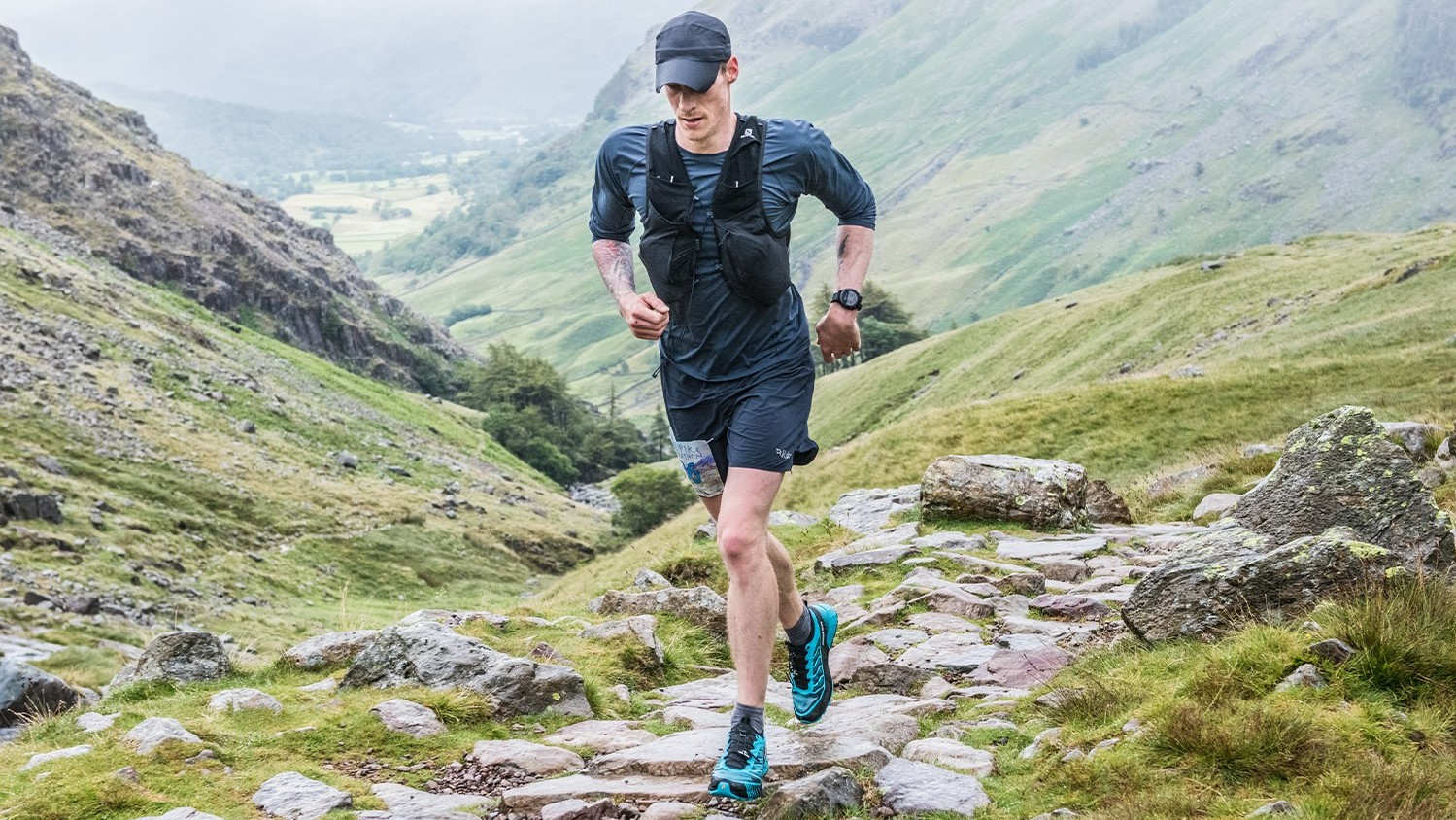
2. Plan to get lost
Obviously you don’t want to get lost, but a basic tenet of trail running, and especially technical mountain running, is that you should leave the trailhead fully prepared to get lost and even spend the night on the mountain. That means carrying all of the following:
- Running headlamp
- Emergency bivy sack or emergency blanket
- Minimalist first-aid kit
- Folding camping knife
- Fire starter
- Map and compass
- Two-way communications device such as the Garmin InReach
- Battery pack with appropriate cables for electronic devices
- Wool or synthetic running gloves
- Wool skull cap/hat
- Phone with offline mapping app
- Lightweight waterproof running jacket
- 12-liter running hydration pack
- Lightweight micro-puffy down jacket
All of this means you’re going to need a lightweight and expandable running backpack – take a look at the Montane Trailblazer LT 20 for starters.
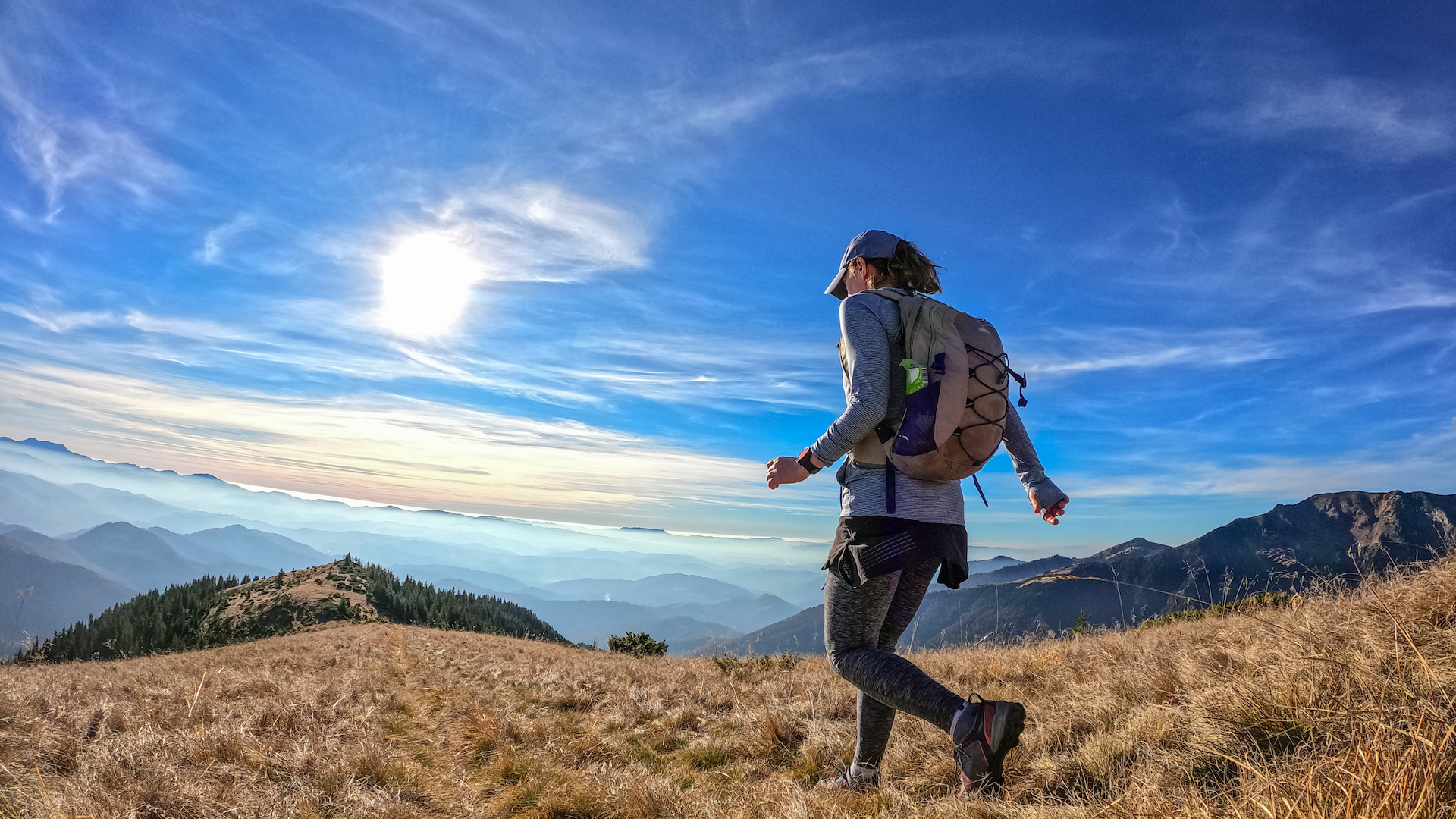
3. Fuel up
For longer runs, you’ll need to think about nutrition and water. Hydrate well before you go and carry enough water for your run if there are no water sources on the way. If there are rivers and streams, bring a filter or water purification tablets so that you can carry less weight, and refill when needed. Bring electrolyte tablets to add to your water to replace salts lost through sweat, especially if it’s hot. Running gels are a really lightweight, portable option for nutrition that provide a lot of calories, so for long distances, carry a stash of them. Trail running can be much more energy-sapping than road running, so bring more fuel than you think you need.
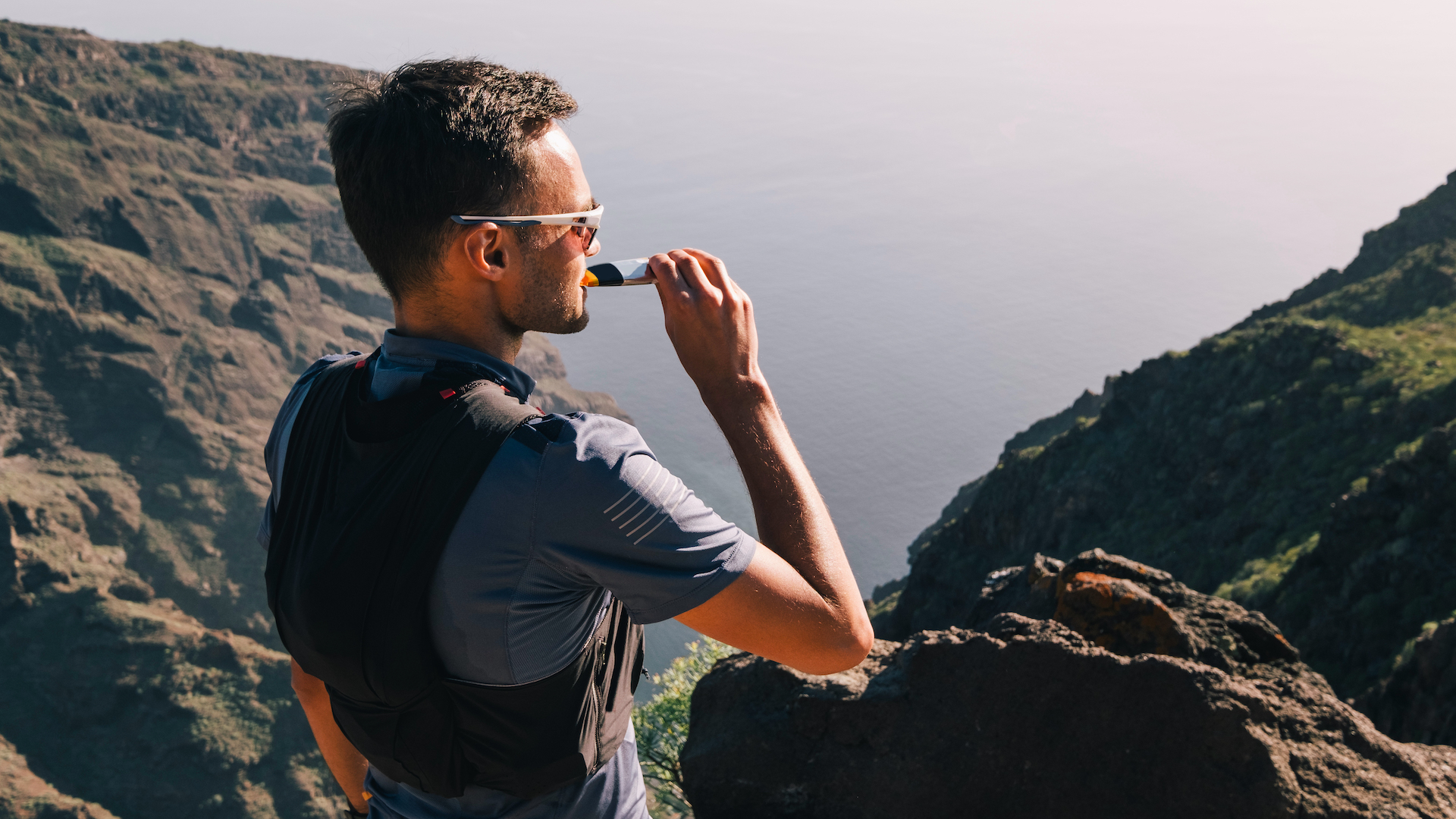
4. Adjust your expectations
If you don’t already know, trail running is quite different from road running. You’ll almost definitely run slower, you’ll use more energy and may not be able to go as far. It’s understandable that if you’re training for a race, you’ll want to hit certain markers, but better to forget about pace, time and total distance and just enjoy the run.
Advnture Newsletter
All the latest inspiration, tips and guides to help you plan your next Advnture!
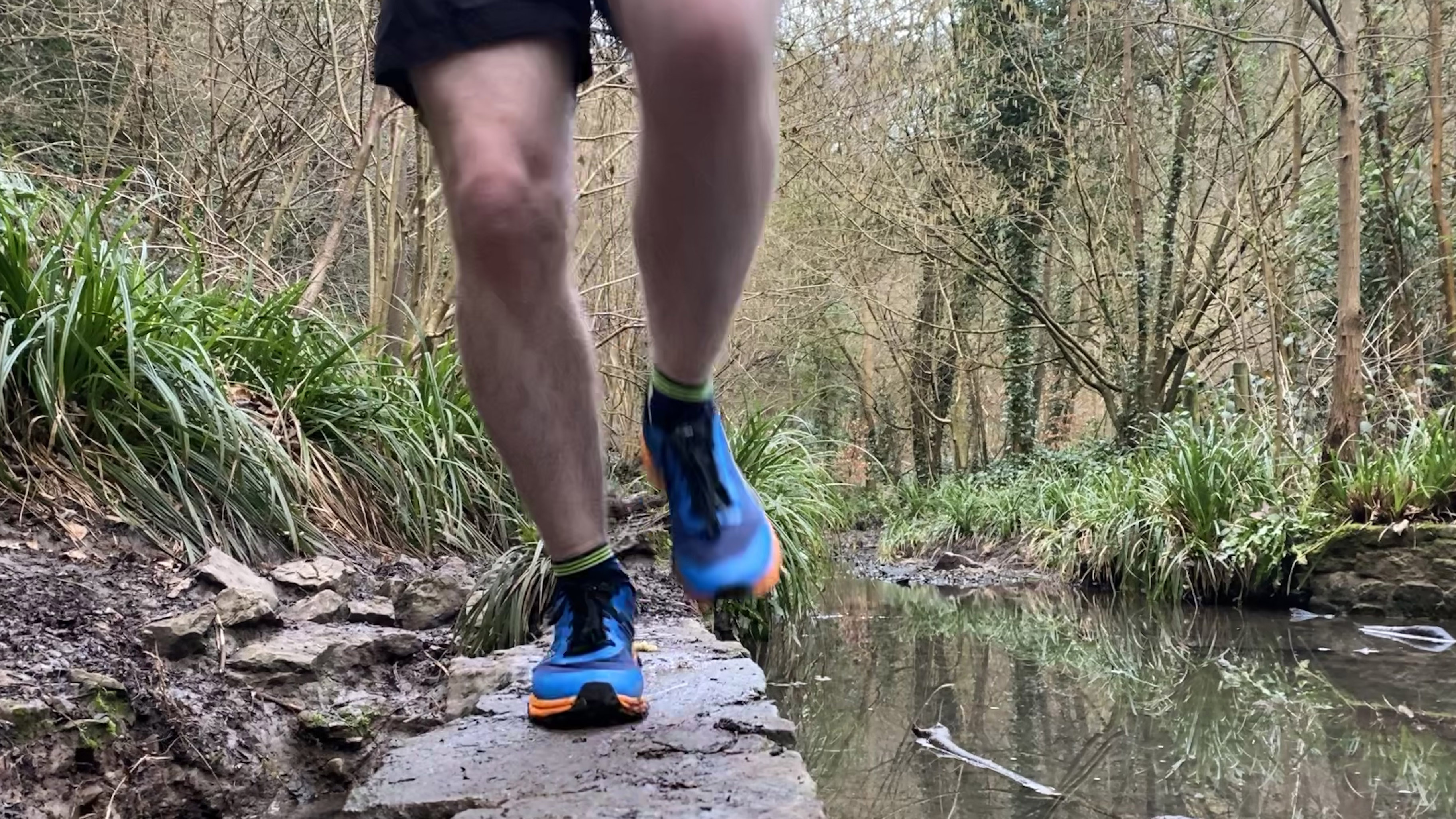
5. Check the weather
All ready to go? Before you even think about lacing up your shoes, check the weather for the area where you’ll be running using a reliable weather app. Already checked it last night? Check it again before you leave. If you’re running at low elevation and there’s rain in the forecast, that’s not a problem – just wear a waterproof running jacket. But in the mountains and at high elevation, you need to be ready to cancel or change your plans if there’s rain (which can become sleet and hail up high), high winds or lightning in the forecast. Save the really remote and high country runs for bluebird days and have a backup, low elevation trail in mind for inclement weather. If the weather looks good, you’re now ready to go.
Julia Clarke is a staff writer for Advnture.com and the author of the book Restorative Yoga for Beginners. She loves to explore mountains on foot, bike, skis and belay and then recover on the the yoga mat. Julia graduated with a degree in journalism in 2004 and spent eight years working as a radio presenter in Kansas City, Vermont, Boston and New York City before discovering the joys of the Rocky Mountains. She then detoured west to Colorado and enjoyed 11 years teaching yoga in Vail before returning to her hometown of Glasgow, Scotland in 2020 to focus on family and writing.
